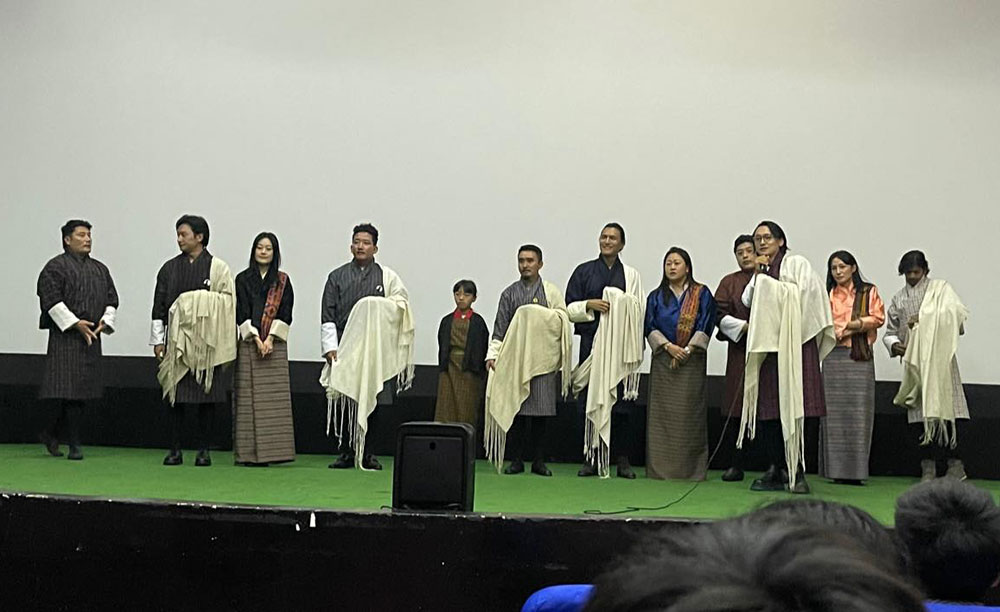Jigmi Wangdi
Amid the backdrop of Bhutan’s inaugural major elections in 2008, a time of chaos, curiosity, and change, an unusual sight unfolds—a monk carrying a gun. The perplexing juxtaposition of spiritualism and weaponry left many questioning the reasons behind it.
Pawo Choyning Dorji’s latest cinematic creation, “The Monk and the Gun”, delves into this enigmatic scenario, inviting both its characters and the audience to ponder why a Lama would need a firearm.
In a conversation with Kuensel, Pawo Choyning expressed his hope that the film would illuminate the distinctiveness of Bhutan, especially for the younger generation.
He emphasised that Bhutan occupies a unique place in history, not just as the last nation to embrace the internet and television, but more significantly, as a nation that peacefully transitioned to democracy under the reign of His Majesty the Fourth King.
Set in 2006, the film captures the essence of a nation in transition, where the introduction of Western-style democracy challenges a population accustomed to an Arcadian way of life. It portrays a society torn between the promise of a democratic future and the nostalgia for the monarchy, during which they believe they were at their happiest.
The film satirically weaves a harsh reality into its narrative—the elections create divisions among families and friends, a phenomenon previously foreign to them. Unlike Pawo Choyning’s previous work, “The Monk and the Gun” follows multiple storylines, each protagonist facing their unique challenges.
Amid the election fervour, four separate stories intertwine, blending a tapestry of emotions that ultimately unveil the true meaning of the “gun”. Pawo Choyning masterfully leaves the audience in suspense, fostering curiosity and speculation until the final moments.
Through this cinematic journey, the audience gains insight into the simple beauty of the storyline, just as Pawo Choyning intended—to show that the changes in Bhutan will never overshadow the age-old traditions that its people hold dear.


